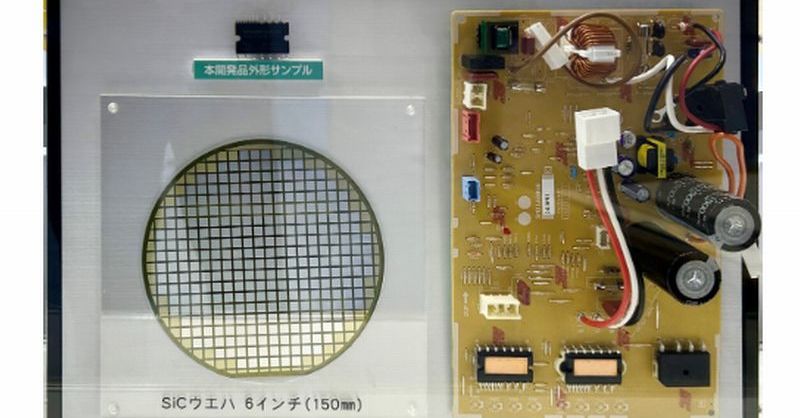Efficient Air Conditioning: The Rise of SiC IPM Technology
The relentless pursuit of energy efficiency is driving innovation across various sectors, and the air conditioning industry is no exception. Traditional air conditioning systems are notorious energy guzzlers, contributing significantly to carbon emissions. However, a groundbreaking technology is poised to revolutionize the cooling landscape: Silicon Carbide Integrated Power Modules (SiC IPMs). This article delves into the exciting developments in SiC IPM technology and its potential to dramatically improve the efficiency of air conditioning systems.
What are SiC IPMs and Why are They Important?
SiC IPMs represent a significant advancement in power electronics. Unlike traditional IGBT (Insulated Gate Bipolar Transistor) based systems, SiC IPMs utilize silicon carbide (SiC) semiconductors. These SiC MOSFETs (Metal-Oxide-Semiconductor Field-Effect Transistors) offer several key advantages:
- Higher Switching Frequencies: SiC MOSFETs can switch on and off much faster than IGBTs, leading to reduced switching losses and improved overall efficiency.
- Lower On-Resistance: This results in lower conduction losses, further enhancing efficiency.
- Higher Operating Temperatures: SiC can withstand higher temperatures, allowing for more compact and robust designs.
- Smaller Size and Weight: The improved efficiency and thermal performance enable smaller and lighter air conditioning units.
These advantages translate to significant energy savings, reduced operational costs, and a smaller environmental footprint.
How SiC IPMs Improve Air Conditioner Efficiency
The improved efficiency of SiC IPMs directly impacts air conditioner performance in several ways:
- Reduced Energy Consumption: By minimizing energy losses during operation, SiC IPMs enable air conditioners to achieve the same cooling capacity with less power consumption.
- Lower Operating Costs: This translates to lower electricity bills for consumers.
- Extended Lifespan: The reduced stress on components due to lower operating temperatures contributes to a longer lifespan for the air conditioning system.
- Environmentally Friendly: Lower energy consumption directly reduces greenhouse gas emissions, contributing to a more sustainable future.
The Current State of SiC IPM Development in Air Conditioning
While still in the early stages of widespread adoption, the development and implementation of SiC IPMs in air conditioning systems are accelerating rapidly. Major manufacturers are investing heavily in research and development, with several prototypes and initial commercial products already available.
This rapid growth is driven by:
- Increasing Demand for Energy Efficiency: Consumers and governments alike are pushing for more energy-efficient appliances.
- Falling Costs of SiC: As production scales up, the cost of SiC materials and components is decreasing, making SiC IPMs more economically viable.
- Technological Advancements: Continuous improvements in SiC technology are further enhancing performance and reliability.
Challenges and Future Outlook
Despite the significant potential, some challenges remain:
- Higher Initial Cost: SiC IPMs are currently more expensive than traditional IGBT-based systems.
- Supply Chain Limitations: The supply chain for SiC materials is still developing, potentially causing bottlenecks.
However, ongoing research and development efforts are actively addressing these challenges. The future looks bright for SiC IPM technology, with widespread adoption expected to significantly transform the air conditioning industry within the next decade.
Conclusion: A Cooler, Greener Future
SiC IPM technology is poised to revolutionize air conditioning, offering a pathway towards significantly more efficient, cost-effective, and environmentally friendly cooling solutions. As the technology matures and costs decrease, its widespread adoption will be instrumental in reducing energy consumption and mitigating the environmental impact of this essential technology. Stay tuned for further advancements in this exciting field.
Keywords: SiC IPM, Silicon Carbide Integrated Power Modules, Air Conditioning Efficiency, Energy Efficiency, Power Electronics, MOSFET, IGBT, Sustainable Technology, Green Technology, HVAC, Cooling Systems, Energy Savings, Environmental Impact, Air Conditioner Technology, Semiconductors
Related Articles: (Internal links to other relevant articles on your website would go here)
External Links: (Links to reputable sources supporting the information in the article would go here. For example, research papers, industry reports, manufacturer websites).
